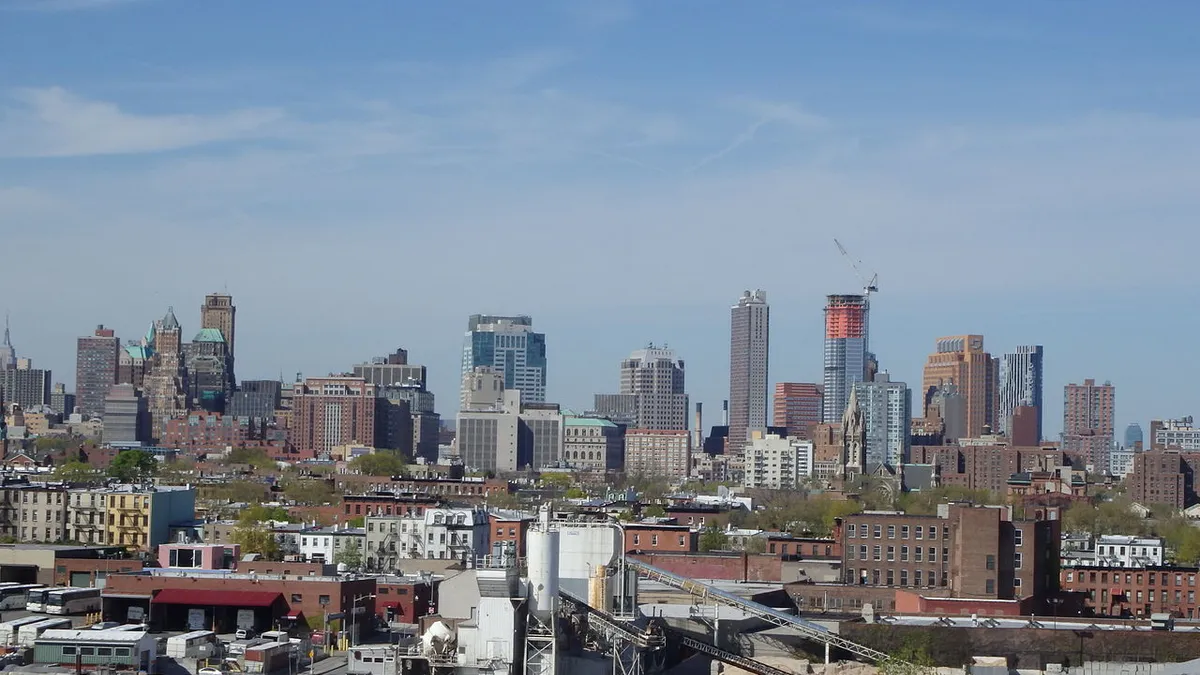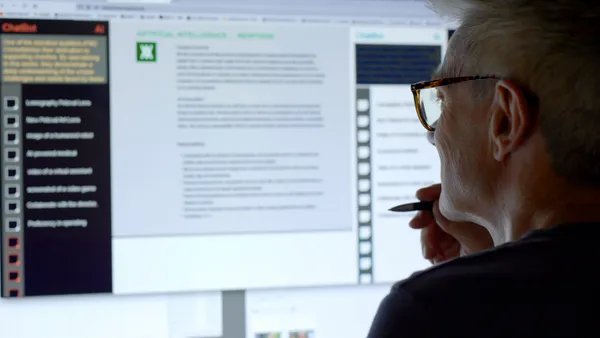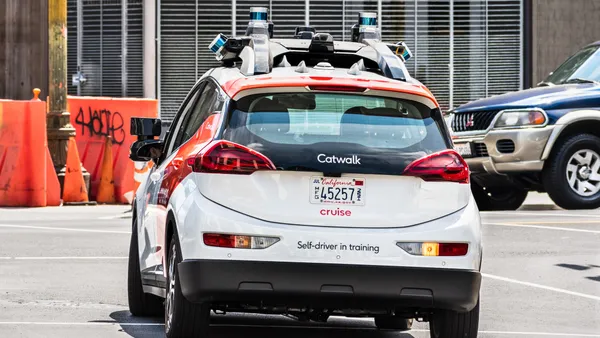Dive Brief:
- Tech hub New Lab released findings from its Circular City Showcase, a public-private collaboration that joined entrepreneurs, city leaders, corporate partners and universities in May 2018 to solve urban challenges in Brooklyn, NY. The results highlight three of the program's startups: CARMERA, Numina and Citiesense.
- Circular City's public-facing dashboard allows users to see visual representations for a variety of data sets including Brooklyn's pedestrian activity, the flow of different modes of transit throughout the day and where 311 complaints are coming from.
- New Lab also released "The Circular City Research Journal" as a framework to show the Circular City Showcase's conditions, progress and lessons learned, and how it can be scaled to other cities.
Dive Insight:
The Circular City Showcase concept is based on the idea that urban problems can be better solved through multiple stakeholders collaborating than by each entity working separately. It provides an environment to test new approaches and new technology by employing data-driven solutions.
The project shows how new technologies can address the needs of a growing city. The three startups analyzed different, yet related, data to provide a more complete picture about mobility in Brooklyn.
Numina's internet of things (IoT) sensors mapped pedestrian flows and how they're affected by obstacles such as construction sites, as well as how unloading trucks causes unsafe loading distances between cars, bikes and pedestrians. It also discovered that 84% of traffic onto a bus-only corridor came from a major thoroughfare and not side streets, as had been suspected.
CARMERA's machine-vision software examined pedestrian density on a block-by-block basis. The pedestrian density scores represent about a year's worth of pedestrian data that can be further analyzed.
The platform that Citisense revealed for the first time brought together public and private data sets that previously had been kept in silos. It can provide insights into mobility, development and resiliency and provide a way for the Downtown Brooklyn Partnership to manage its 1,600 streetscape assets. It creates a visual analysis of the patterns identified by Numina's and CARMERA's data.
The Circular City Showcase and the resulting journal that serves as a framework for other cities' tech- and data-centric mobility solutions illustrate New York's continued growth as a tech hub. The tech industry is incredibly competitive and businesses compete fiercely with each other to get a foothold and survive. But the Circular City Showcase is like a few other collaboration-focused accelerators popping up — such as The Grid initiative in New York — promoting greater collaboration between these traditional competitors to play up their individual strengths while devising holistic solutions.
The Brooklyn example shows how each company's piece contributed to the complete mobility picture and can help leaders and entrepreneurs find solutions to increase safety and mobility via different modes while also reducing congestion.











